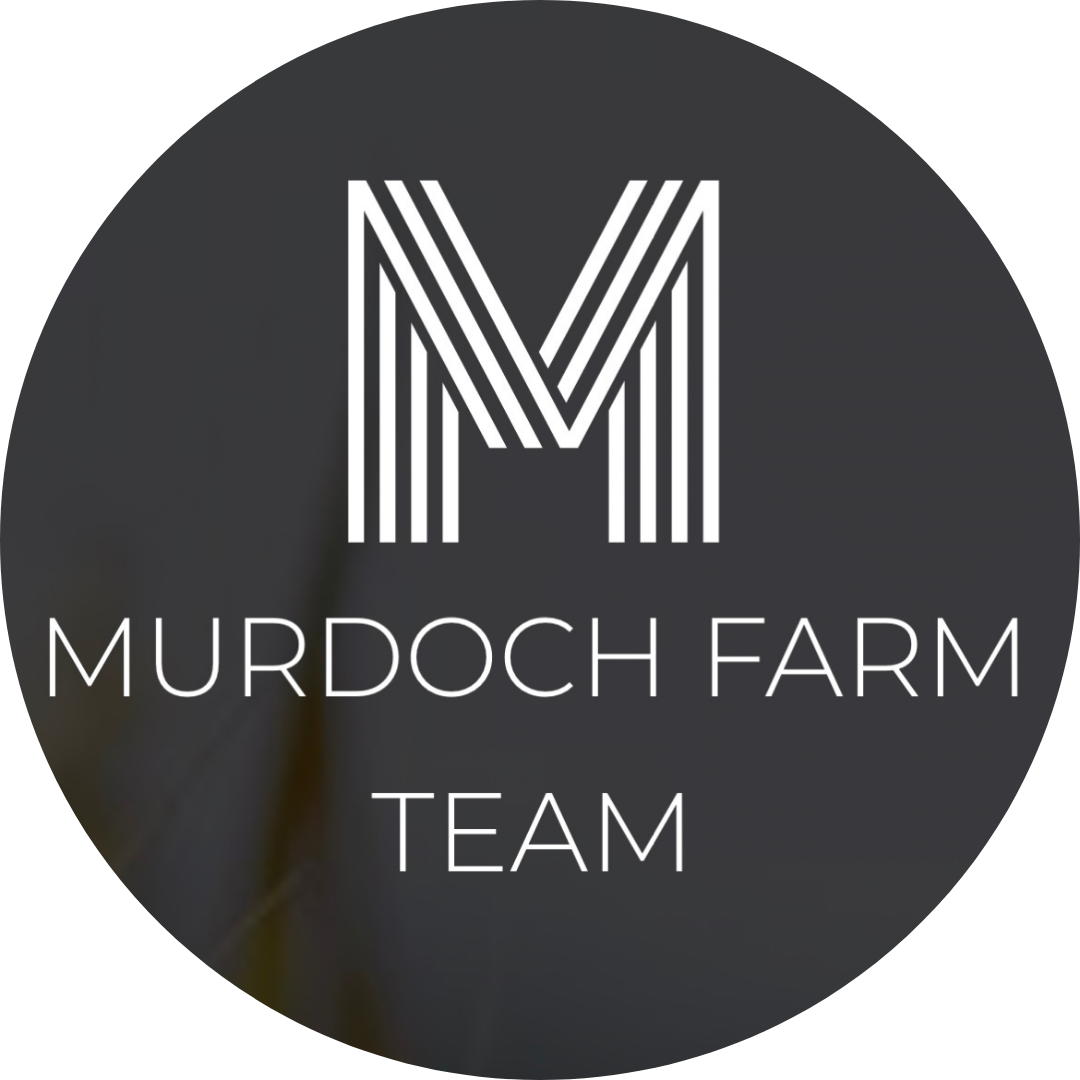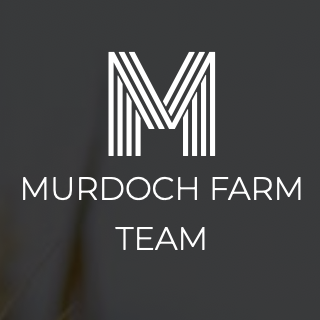Saskatchewan farmland has seen an incredible run over the past decade. Values climbed year after year, driven by strong grain prices, expansion-minded operators and investor interest from across the Prairies.
But with headlines asking whether a “market correction” is on the horizon, many landowners are asking us what’s really happening out there?
A Market That’s Levelling, Not Falling
Across Saskatchewan, land values are steady. Regions are holding firm, others are seeing modest softening, and a few high-priced pockets have cooled slightly.
A recent analysis from Klarenbach Land and Livestock reviewed a full century of Saskatchewan farmland values. It pointed out that farmland markets rarely “crash” like residential real estate does. Instead, they move through long cycles, shaped by grain prices, interest rates, and farm profitability.
We’re seeing exactly that: a market finding its footing after an exceptional climb.
Rates Are Down and Buyers Are Paying Attention
After two years of rising borrowing costs, the Bank of Canada has finally started to lower interest rates again, bringing its key rate down to 2.25% this fall.
That shift has sparked new interest from buyers who had been sitting on the sidelines. We’re seeing more inquiries from expansion-minded farmers and investor groups looking to move before values shift further.
In short: confidence is creeping back in, and that creates opportunity.
We’ve Seen This Before
At Murdoch Farm Team, we’ve watched Saskatchewan’s farmland market move through many cycles. The sellers who do best are the ones who recognize when the market is balanced, and buyers are active and well-financed.
That’s where we are today.
What This Means for Landowners
This doesn’t mean the market has turned. Far from it. Prices remain near record highs across much of the province, but with the market stabilizing and interest rates easing, this may be one of the most strategic windows we’ve seen in years for landowners considering a sale.
If you’ve been thinking about selling, this is a smart time to check in on your options.
Farmland values are still strong. Interest rates are easing. Buyers are paying attention again.
Know Where You Stand
Whether you’re planning to retire, settle an estate, or simply explore your options, this is a valuable time to understand your land’s current worth.
We’ll give you a clear, data-backed evaluation and a strategy to reach the right buyers, from local operators to large investment groups.
📞 Reach out today for a confidential farmland evaluation.
No pressure, no obligation. Just honest insight into what your land could sell for right now.









